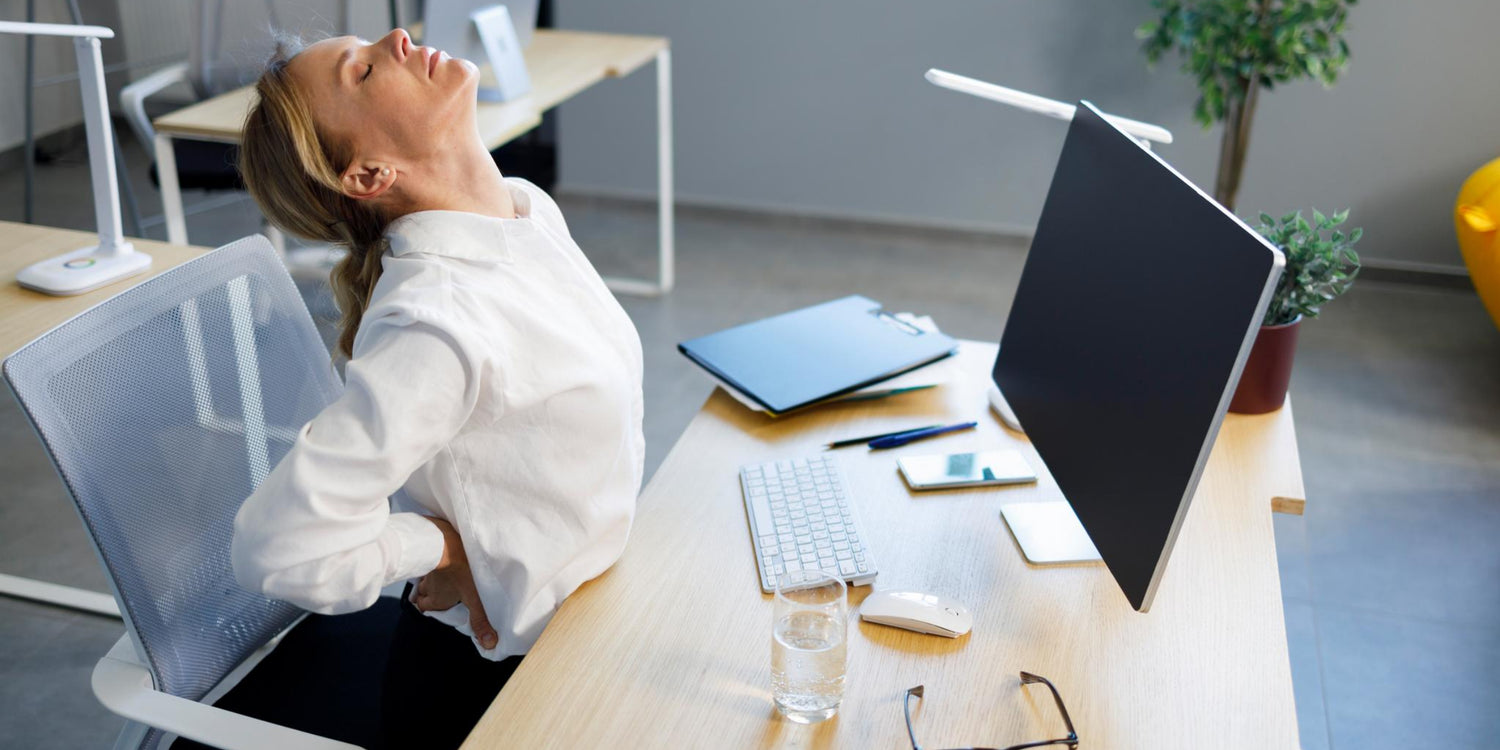Moving Away from Migraines: How Regular Exercise Can Prevent Headaches

Stay tuned to our latest news
Among the many methods of relieving migraines, lifestyle changes would be the safest and most cost-effective one. Although prescription medications can manage chronic migraines, they also bring high upfront costs and potential side effects or complications. With changing lifestyles, consequences including complications and comorbidities, and costs due to medical expenses and lost productivity can be reduced or removed entirely.
Stress, lack of sleep, dehydration, and certain foods or drinks can act as triggers for migraine attacks. According to a 2022 study, regular lifestyle behavior helps to control chronic migraine compared with patients without regular lifestyle behaviors, who are more likely to have chronic migraine than episodic migraine.
Regular exercise is one such way to get rid of migraines, as it works by improving blood circulation through the release of endorphins, the body's natural painkillers.
Exercise as a Migraine Preventive

Not only does exercising improve your overall health, but it also reduces the risk of developing other diseases such as diabetes, depression, and obesity. The Migraine Trust stated that engaging in regular physical activity stimulates the body to release natural pain controlling chemicals called endorphins and natural anti-depressant chemicals called enkephalins.
Exercise has shown numerous benefits including:
- Lowering stress levels
- Improving sleep quality
- Boosting mood and self-esteem
- Strengthening certain muscles related to migraines
A 2011 study showed that exercise had the highest percent reduction in attacks compared with relaxation and medications. Another study in 2019 found that regular aerobic exercise may lead to a reduction of migraine episodes, while a 2018 review said aerobic exercises like walking or cycling are preferred for people with migraine.
Types of Exercise Beneficial for Migraine Sufferers

What is the best exercise for migraine prevention? It would be different for each person, but as mentioned in studies, aerobic exercises such as brisk walking, cycling, or swimming could be particularly beneficial. These types of exercises increase blood flow, release endorphins, and help to reduce stress levels.
Cardiovascular exercises such as walking, jogging, and cycling can improve blood circulation and oxygen flow to the brain. This can help reduce the frequency and severity of migraines. These exercises also release endorphins, which act as natural painkillers and mood boosters.
Strength training exercises can also be beneficial for migraine sufferers. They help improve overall muscle strength and endurance, which can reduce muscle tension and alleviate headache symptoms. Strength training also promotes better posture and alignment, reducing the risk of triggering a migraine attack.
In addition to cardiovascular and strength training exercises, relaxation exercises like yoga and tai chi can provide relief for migraine sufferers. These exercises focus on deep breathing, stretching, and relaxation techniques, which can help reduce stress, tension, and anxiety – common triggers for migraines.
When choosing the best exercise for migraine, it is important to listen to your body and start slowly. It is recommended to consult with a healthcare professional before starting any new exercise regimen, especially if you have frequent migraines or any other underlying health conditions.
Developing an Exercise Routine

Exercise has been shown to provide numerous benefits for migraine sufferers, including reducing the frequency and severity of headaches. Incorporating regular physical activity into your routine can help alleviate symptoms, enhance overall well-being, and promote a healthier lifestyle. Here are some tips to help you start and maintain an exercise regimen for effective migraine prevention.
Consistency and moderation are key when starting an exercise routine. Begin by choosing low-impact activities that you enjoy, such as walking, swimming, or cycling. It's important to gradually increase the duration and intensity of your workouts to avoid triggering migraines. Start with shorter sessions and gradually build up to at least 30 minutes of exercise most days of the week. Maintaining a consistent schedule will help your body adapt and maximize the benefits.
To optimize migraine prevention, it is best to exercise in the morning or early afternoon. Engaging in physical activity earlier in the day helps regulate sleep patterns, reduces stress, and releases endorphins, which can serve as natural pain relievers. However, each person is unique, so it's essential to pay attention to your body's response and adjust your routine accordingly.
The RENPHO Active Thermacool Massage Gun is a cutting-edge tool designed to provide deep tissue massage, which can be particularly beneficial for individuals who experience migraines and engage in regular exercise. The massage gun’s powerful brushless motor delivers high-penetration massages that reach deep muscle tissue, potentially aiding in the release of muscle knots and trigger points that can contribute to migraines. For those who exercise, the massage gun can help relieve muscle fatigue and pain, enhancing workout recovery and ensuring muscles are primed for the next session.
It is important to consult with your healthcare provider before beginning any exercise program, especially if you have preexisting health conditions or are prone to exercise-induced migraines. They can provide guidance tailored to your specific needs and help you design an exercise plan that suits you.
Renpho Health Tips
-

Beyond the Ache: Exploring Healing Solutions for Chronic Pain
April 24, 2024
Read more >
-

Easing the Throb: Changing Lifestyles to Manage Migraines
June 6, 2024
Read more >
-

The High Price of Inactivity: How a Sedentary Lifestyle Impacts Your Health
April 16, 2024
Read more >
-

Say Goodbye to Shoulder Pain: How Massage Guns Can Help
May 2, 2024
Read more >
-

The Surprising Benefits of Massage Vibration Therapy
May 20, 2024
Read more >


